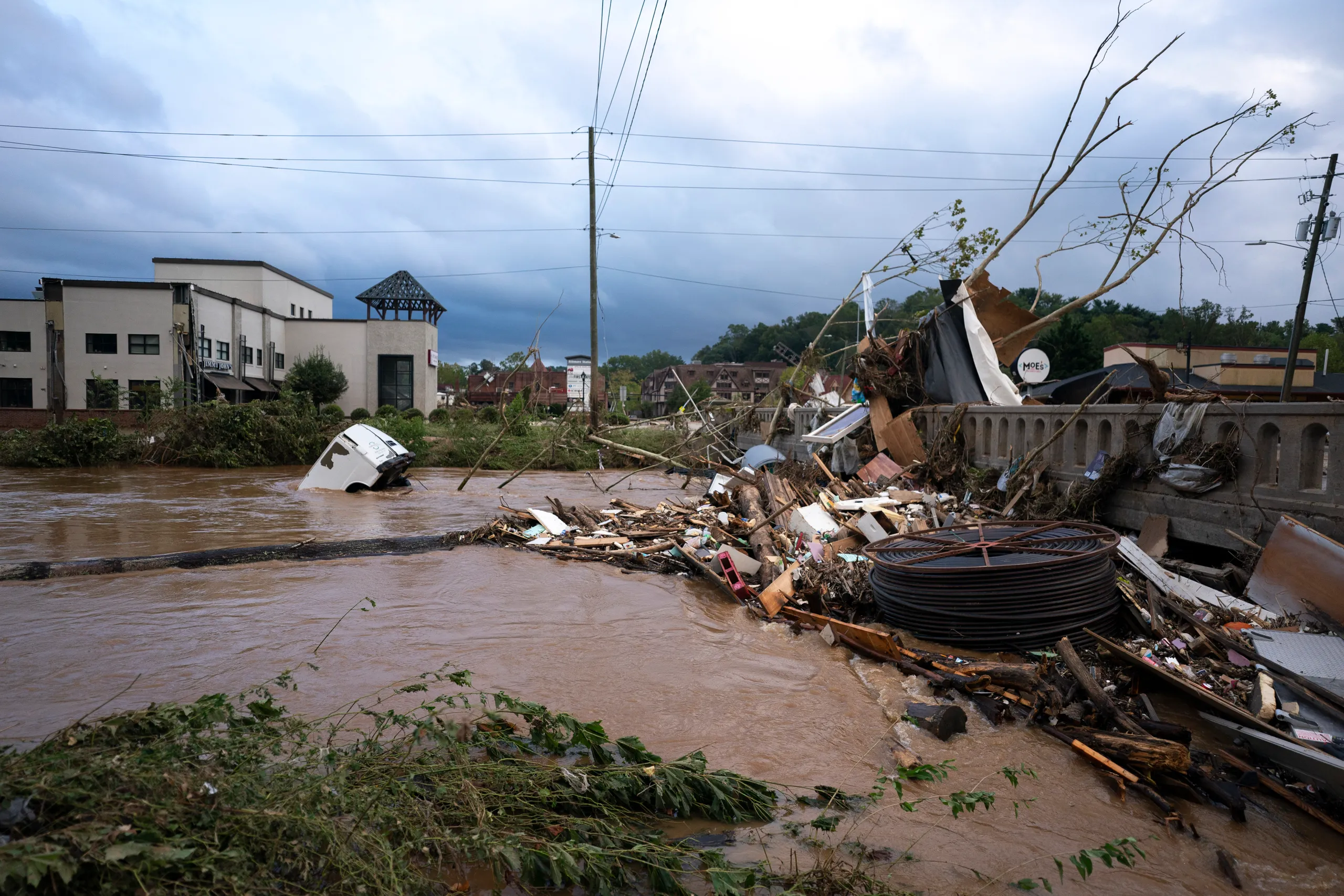By Karen Drury (CRA) and Kate Merrihew
You may or may not know, that North Carolina is one of the D.S. Murphy service areas. In late September, the area surrounding Asheville were ravaged by Hurricane Helene. Many called it “the hurricane by which to measure other hurricanes.” The floods caused widespread damage, rendering many homes uninhabitable and significantly reducing the available housing inventory. This shortage has driven up demand for rental properties, pushing prices higher and making it difficult for lower-income families to secure affordable housing. Homeowners who suffered severe damage are now grappling with the possibility of permanent relocation, further shifting the dynamics of the area’s housing market. The aftermath has also led to increased insurance premiums and financing challenges for properties in flood-prone areas, deterring potential buyers and contributing to long-term property value declines. While the community works toward recovery and flood mitigation efforts, the housing market continues to be reshaped by the increased awareness of climate risks and the vulnerability of properties in the region.
The impact of floods on the housing market has grown as these natural disasters become more frequent and severe due to climate change. Understanding their effects on housing dynamics, resident displacement, and property values has become increasingly important.
Floods often lead to widespread displacement, with families forced to evacuate and abandon homes rendered uninhabitable by water damage. Displaced individuals may initially find refuge in emergency shelters set up by local governments or non-profit organizations. While these shelters provide immediate safety, they lack the comforts and privacy of home. Others may seek temporary housing with friends or family, which, though providing a sense of security, can strain relationships and may not be a sustainable long-term solution. In some cases, the extent of damage is so severe that residents choose to relocate permanently. This decision is often influenced by the severity of the damage, the community’s recovery potential, and job opportunities in other areas.
The housing market is affected in various ways following a flood, leading to shifts in supply and demand. The inventory of homes may decrease as properties are deemed uninhabitable, resulting in a shortage of available housing, especially in desirable areas. As displaced homeowners look for temporary housing, demand for rental properties can surge, raising rental prices and making it difficult for lower-income families to find affordable options. Over time, areas prone to frequent flooding may experience a long-term population decline as residents move away in search of safety and stability. Conversely, regions perceived as safer and more resilient may see an influx of new residents, altering local housing dynamics.
Property values can also experience significant fluctuations in the wake of a flood. Typically, there is an immediate decline in value, as buyers become hesitant to invest in properties with a history of flooding, resulting in decreased demand and lower prices. Homes in flood-prone areas may face higher insurance premiums or difficulties obtaining financing, discouraging potential buyers and contributing to long-term value declines. However, as communities recover and invest in flood mitigation measures such as improved drainage systems, levees, and stricter building codes, property values may stabilize or even increase. Buyers often begin to see potential in neighborhoods with strong community ties and resources. Additionally, increased awareness of climate risks is prompting buyers to factor in flood history and resilience when making purchasing decisions, which can lead to a revaluation of properties based on perceived vulnerability. Homes may lose value if they are considered high-risk, while those viewed as more resilient may see an increase in worth.
In conclusion, floods have a significant and lasting effect on the housing market, reshaping residential patterns and influencing home prices. Displacement, changes in demand, and property value fluctuations create a complex environment that requires careful consideration from policymakers, urban planners, and community leaders. With climate change continuing to impact weather patterns and increase the risk of flooding, proactive measures will be essential to support affected communities and develop sustainable housing solutions for the future. The team at D.S. Murphy wants to send out warm wishes and prayers this holiday season for all of those affected by recent floods. We hope that we can find some way to help on our journey to rebuild.

